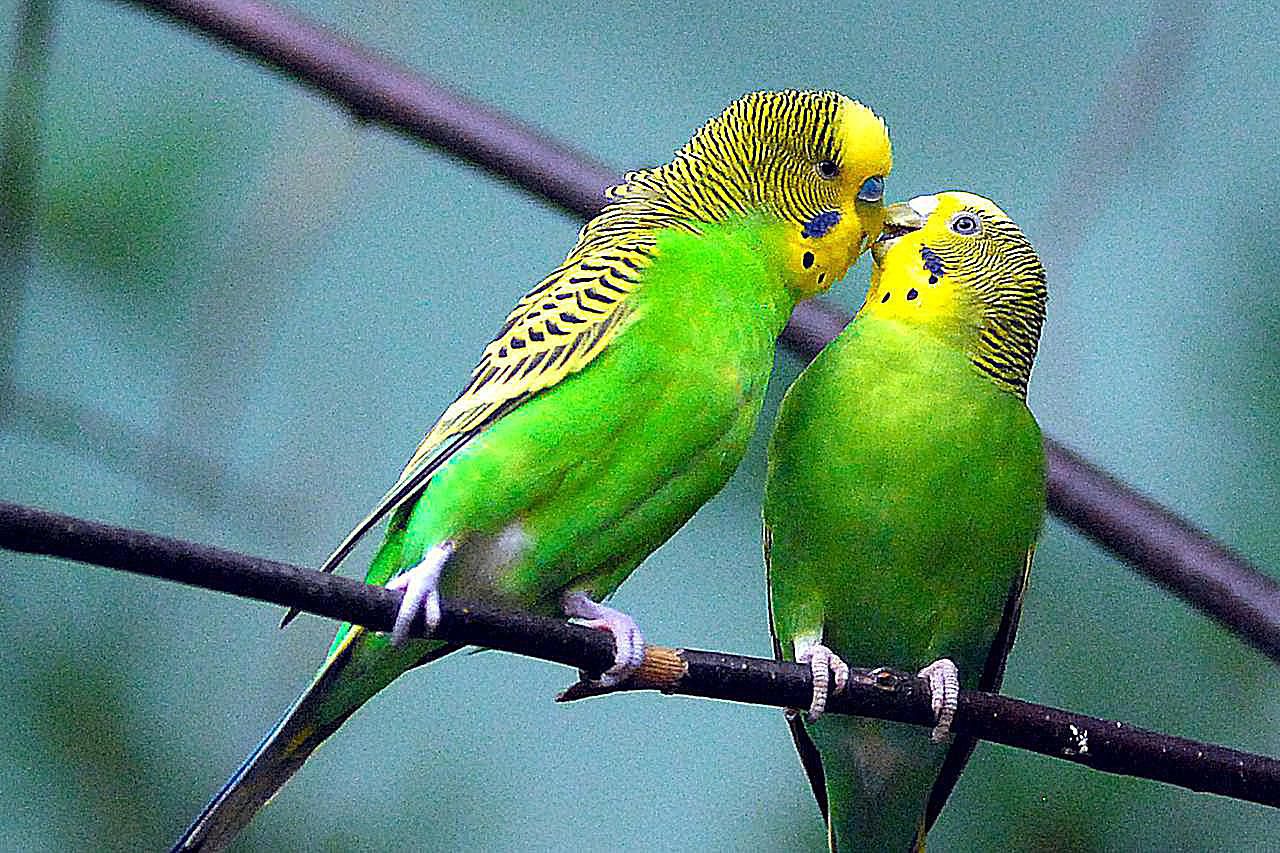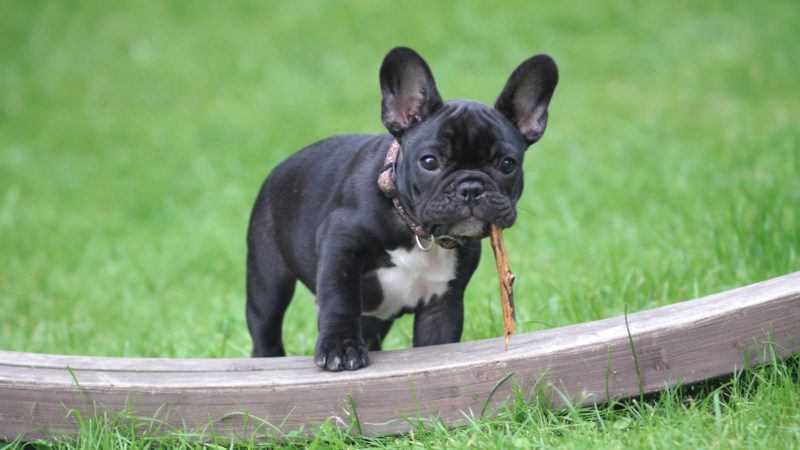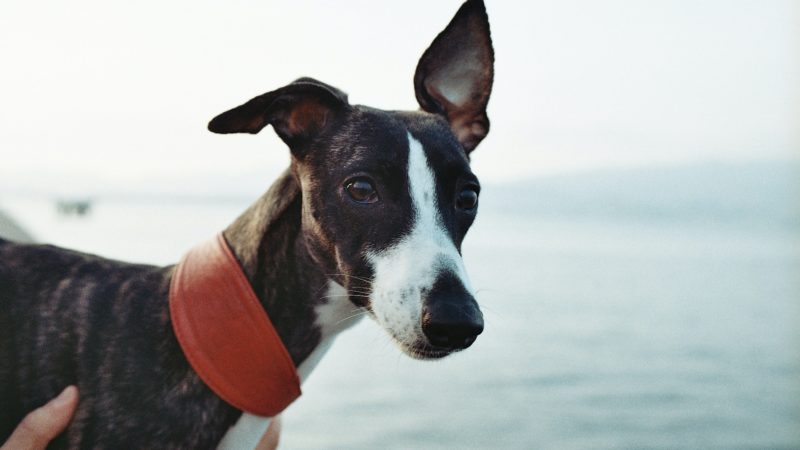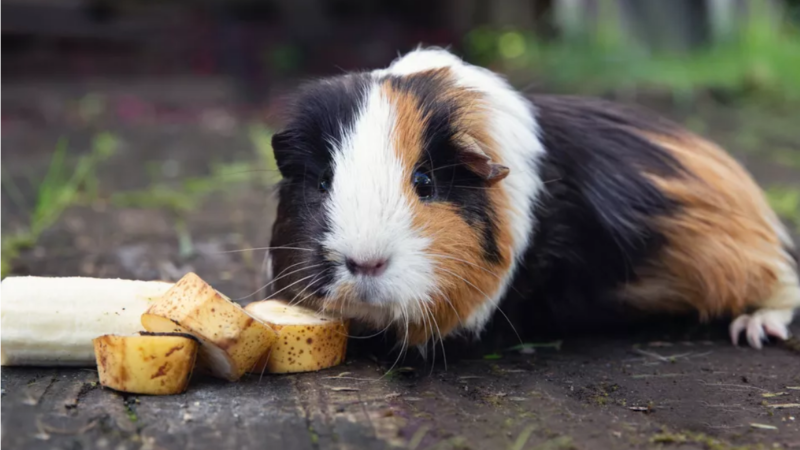A Complete Guide To The Budgie Bird

Do you want playful pet birds? Or do you want to own an easy-to-care-for pet bird companion? If the answer to any of these questions is yes, then getting the budgie bird can be the best option for you.
The budgie parakeet, often popularly known by the name of budgie birds, is a small species of the parakeet. These birds are outgoing and social birds that deserve attention and care like the other large types of parakeet. The good thing about the budgie bird is that they are a great option, especially if you are a beginner in keeping pet birds. They are also very talkative, playful, and love to eat, which makes them a great companion.
In the article, we will tell you all about the budgie bird. We will also explain some food and behavioral habits of this bird to you in the article.
Quick Facts About Budgie Bird
These are some quick facts about the little beauties:
Color
The budgie bird comes in four colors. These are:
- Blue budgie.
- White budgie
- Yellow budgie
- Green budgie.
Size
The budgie bird species is one of the small types of parakeet. They are among the smallest ones in the parrots.
Lifespan
The budgie bird has a lifespan of up to ten years. However, these birds’ lifespan depends more on the care you provide. Thus it may vary from 8 years to 10 years.
Sounds
The budgie is one of the most talkative types of birds you can get. It makes whistler and chatter sounds and can also learn various other sounds with time.
Interaction
The budgie bird is very interactive and loves to socialize. They develop a very strong bond with the owner over a period of time.
Natural Habitat
There are two types of budgies available in the market. These two are the English and Australian budgie birds.
These are some of the quick facts about the budgie bird which will help you understand this little beauty better.
Budgie Care Sheet
These are some of the budgie care tips which will help you in keeping your little friend healthy and talking:
Feeding
- There are budgie bird-specific food items available in the market which you need to get for a healthy diet.
- They will need bird grit as the budgies are unable to chew their food on their own. This is because the budgie parakeet doesn’t have teeth. Thus the need for grit helps them in grinding their food inside the stomach.
- After feeding, you will also need to remove uneaten food from the cage on a daily basis.
- The budgies are a frequent drinker. So you need to make sure that there is always water in their cage.
- In addition to the store food, you can also give your little friend some amounts of veggies and fruits. But remember that they are cut into small pieces.
- When you feed them with the fruits and veggies, remember to do it in a separate bowl from their regular food bowl.
These are some of the feeding tips for the budgie birds which you should remember. You need to follow these feeding tips, especially in the case of baby budgies.
Which Fruits And Veggies You Can Feed The Baby Budgies?
The baby budgies and full-grown budgies have the same eating habits, and thus you can go for the following veggies and fruits:
- Apple.
- Salad cress.
- Grapes.
- Sweet Potato.
- Grated Carrot.
These are some of the foods which you can feed your budgie bird.
How To Introduce New Diet To Your Budgie Pet?
The budgies have a delicate stomach and digestion system. This is why they need time to adjust to the new food habits.
To introduce a new diet or food to your budgie, it is best that you do it slowly and over a period of time. This will help you in avoiding any upset stomach problems with your little companion. The best way you can choose is to mix the new foods with the old food in small amounts. However, you need to remember to slowly increase the amount of food mixing to avoid any problems.
How To Keep The Budgie Healthy?
Keeping the pet birds healthy and fit can sometimes be challenging as neither can you leave them in the open nor can you take them for a walk. This is why keeping them healthy can be a problem. To keep your budgie healthy, follow these steps:
- Use a large size of the budgie cage. This is essential as it will allow your little ones to fly around in the cage, thus helping them in staying fit.
- In case you live in an area where you can’t install a large size budgie cage, then you can also go for other options. One of the best things which you can do is to allow your budgie to fly free inside the house. But remember to close all the doors and windows. You must also switch off any fans as they may hurt the budgies.
- These two are great ways to allow some exercise to your budgie bird. But remember that you always supervise your little friend while they fly free inside the home.
- When the bird flies inside the room, remember that there is no other pet in the room. All the fans, paper shredders, extractors, and other appliances must also be off to avoid any injury.
- Other than this, you should also look out that your budgie doesn’t nibble on anything which can be poisonous to them. Some of the things for which you should look out inclue paint, rings, curtains and more.
These are some exercise tips that you can follow to keep your little budgie bird happy, healthy, and fit.
What Symptoms And Signs You Should Look Out For?
The birds, in general, tend to hide any symptoms which may give out that they are ill. They do this as long as they are able to do it. This is also the case with the budgie bird, and thus you should look out for some symptoms and signs which indicate they are not well.
Some of the signs are:
- The first sign which you will notice is the behavioral changes. The behavior of the bird will become less communicative and irritative when they are ill.
- Watery droppings.
- Sleeping more in comparison to their usual routine.
- Don’t show interest in playing or lack the energy.
- The decline in water intake or intake becomes low in comparison to unusual days.
- Feather gets fluffed up.
- Change in food habits. The decrease in appetite is the first sign.
- Swellings that are unusual.
These are some of the problems which you might face with the budgie bird. Other than this there are also some problems which might occur. These are:
- Some budgie parakeets can suffer from the problem of cramping in feet and overgrowth of nails. This problem is basically due to unsuitable perch covers or the perch itself. Thus to help them with this problem, it is best to provide your budgie with various sizes of perch.
- Another problem which you might see in the budgies is of the overgrown beak. However, this is not a common problem and happens rarely. Although if this problem is happiness, then it can make it hard for your little friend to eat. For solving this problem, it is best to visit a vet as they have specialized equipment to give the beak a desired and essential shape.
These are some of the problems which your budgie bird may face and how you can solve them.
This guide which we have prepared above, will help you in keeping your budgie healthy and fit. If you follow this guide properly, then it is sure that your little one will live a long and healthy life.
Final Words
Do you want a talkative companion for yourself? Or do you want a pet bird that is easy to care for? Well, then the budgie bird can be the perfect choice for you.
The budgie birds are inexpensive, and small pet birds that are perfect for everyone, especially the beginners pet birds. These birds can even mimic the voice of humans if you train them well. In short, this bird is a perfect companion for anyone who wants a pet.






